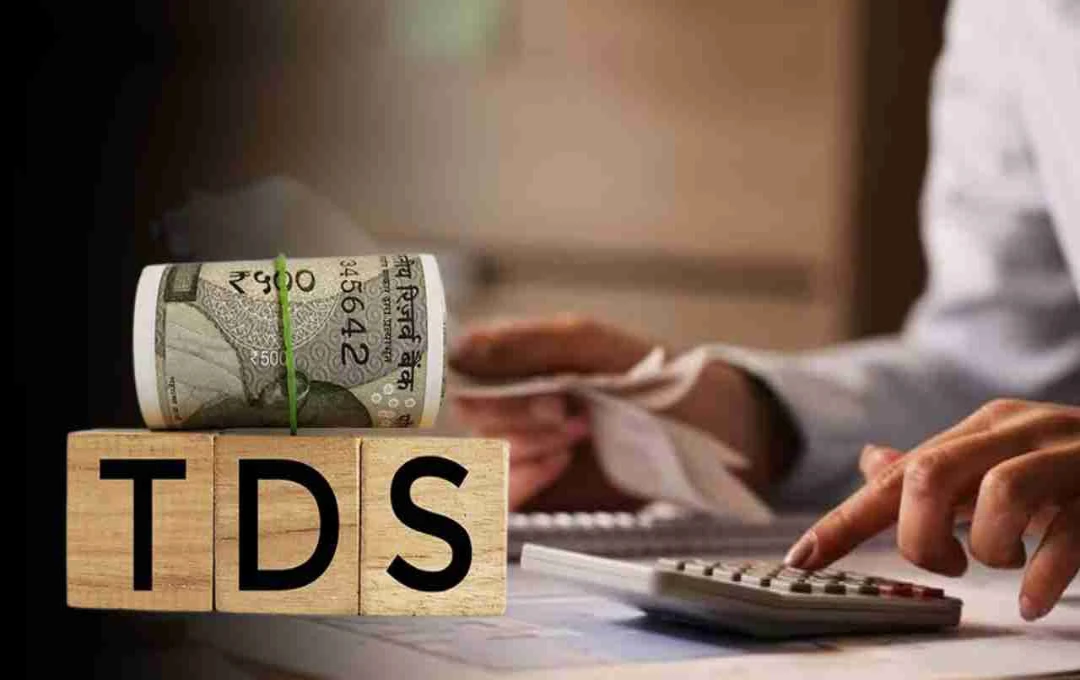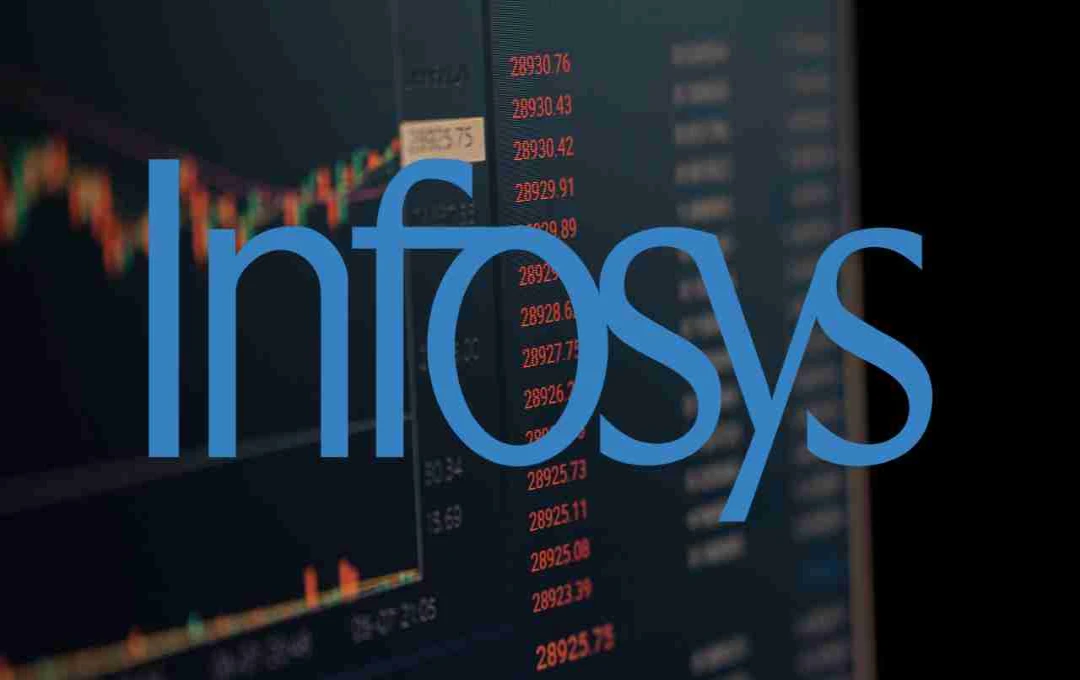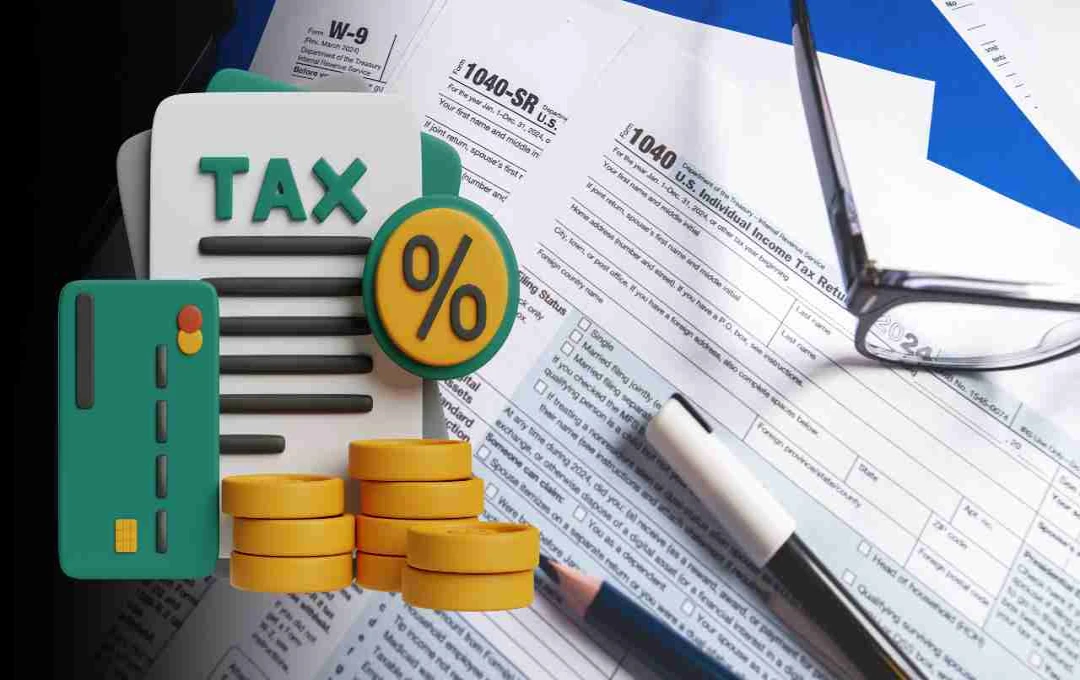The Central Board of Direct Taxes (CBDT) has recently issued a significant circular providing major relief to taxpayers who received tax demand or penalty notices from the Income Tax Department due to lower TDS or TCS deductions. This relief will benefit those who made payments to individuals whose PAN was 'inoperative' because it was not linked to their Aadhaar.
According to income tax law, if a person's PAN becomes inactive, TDS or TCS is to be deducted at a rate of 20%. However, in many cases, taxpayers deducted tax at the normal rate, i.e., 1% or 5%, and later discovered that the recipient's PAN was inactive. In such instances, the department sent notices for the differential tax, along with interest and penalties.
When and Under What Conditions Relief Will Be Provided
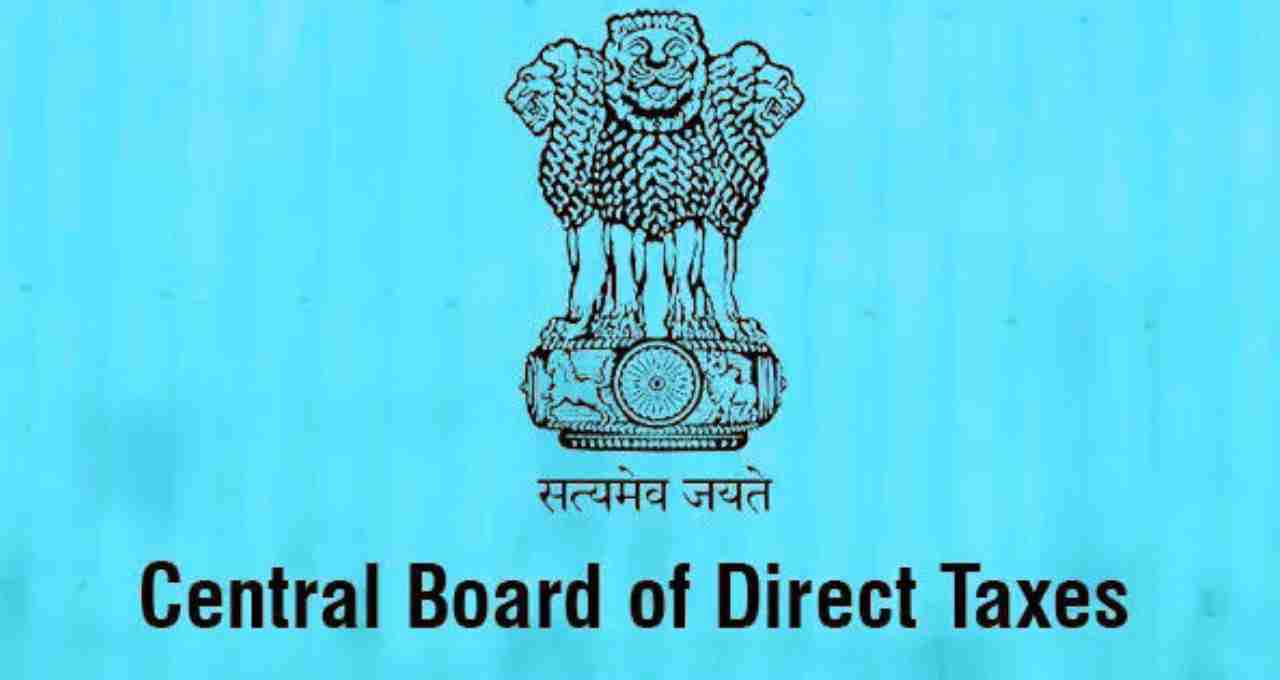
The CBDT has clarified in its circular that if certain conditions are met, taxpayers will not have to pay the differential tax, penalty, or interest. These conditions are:
The transaction occurred between April 1, 2024, and July 31, 2025.
The payee reactivated their PAN by September 30, 2025.
If both of these conditions are fulfilled, the tax notices or demands sent in such cases will be withdrawn or canceled during the return amendment process.
Complaints Received in Such Cases
In recent months, a large number of taxpayers had complained that they were receiving substantial tax demands from the Income Tax Department. These demands were being made because they had deducted TDS at the normal rate, but it later came to light that the PAN of the person to whom the payment was made was inoperative.
This issue arose particularly in property transactions, rent payments, salary payments, or contracted works. It is in such cases that the CBDT has now paved the way for relief.
Businesses, Employees, and Property Dealers to Receive the Greatest Relief
The biggest benefit of this rule will accrue to those who regularly make payments to others, such as:
- Companies that pay salaries to employees.
- Property buyers who make payments to sellers.
- Tenants who pay rent to landlords.
- Small business owners who make payments to suppliers or contractors.
Tax deductions often apply to these payments, and if the recipient's PAN is inactive, the tax department considers it a default. Now, if the payee reactivates their PAN within the stipulated timeframe, no action will be taken against the payer.
Problems Arising from Inactive PAN
The Income Tax Department had previously stated that the PAN of those who do not link their PAN with Aadhaar will become 'inoperative.' Such a PAN cannot be used for TDS/TCS deductions. As a result, the department created tax demands on thousands of taxpayers.
This rule has now been relaxed to prevent a heavy tax burden on unintentional errors.
Announcement of Relief from Interest and Penalties
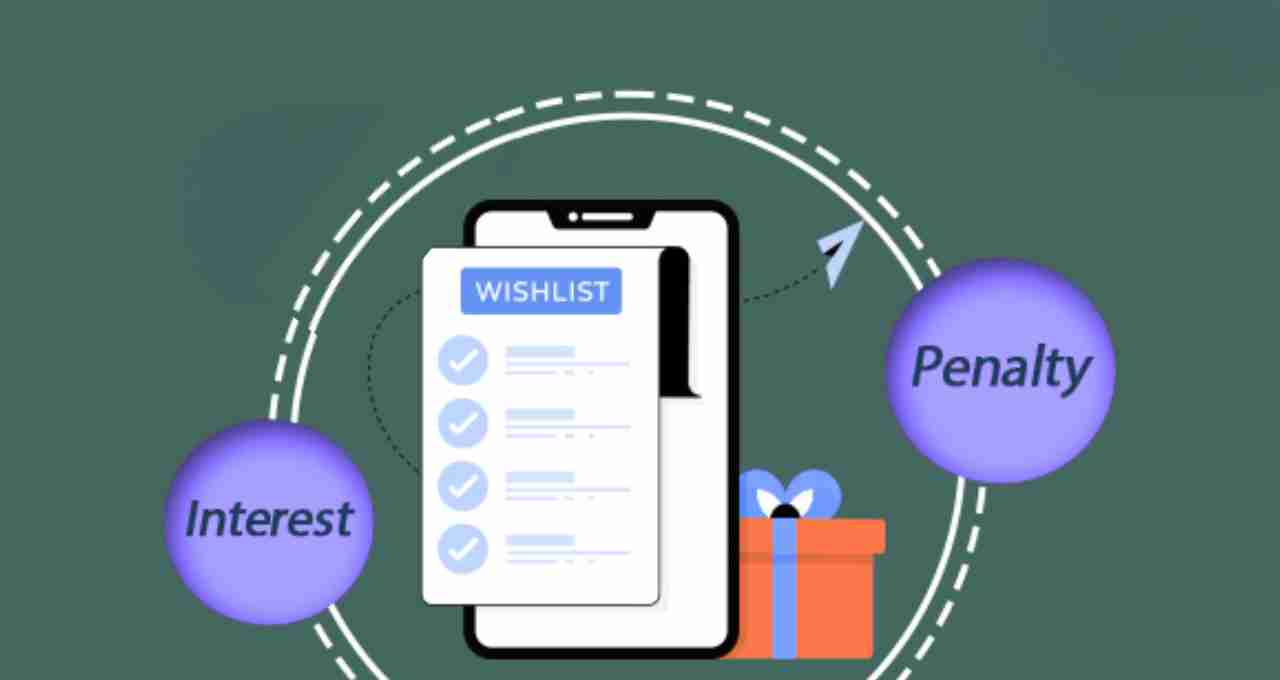
The CBDT has also stated that in cases where the PAN is later activated, relief will be provided from interest and penalties along with the differential tax.
That is, if TDS was deducted at a rate of 1% and it was later found that it should have been 20%, that difference will also not have to be paid—provided the payee reactivated their PAN in time.
What Should Taxpayers Do?
Taxpayers must now ensure, before making a transaction, that the PAN of the person being paid is active and linked to Aadhaar. A little due diligence before making a payment can prevent tax notices in the future.
This step by the CBDT is a major relief for those who inadvertently violated the rules. It is clear that if the payee updates their PAN within the stipulated timeframe, the payer's responsibility ends.
Ease in the Registration System as well
It is reported that the new portal will also have a facility to check whether a PAN is active or not. This will allow taxpayers to know in advance on whom to deduct 1% or 5% and on whom to deduct 20%.
This decision by the CBDT has come at a time when a lack of awareness regarding Aadhaar-PAN linking was being observed. Now, those who conduct transactions will receive this exemption as a relief.
